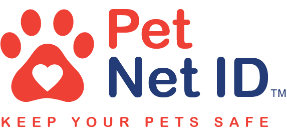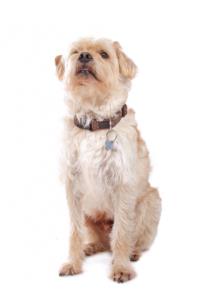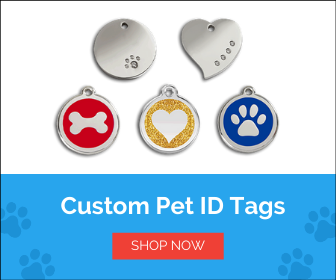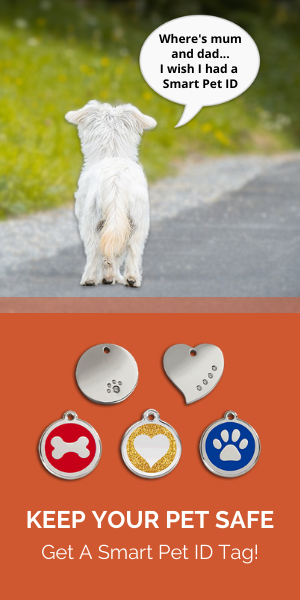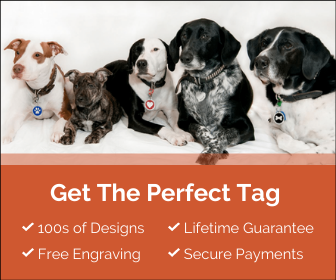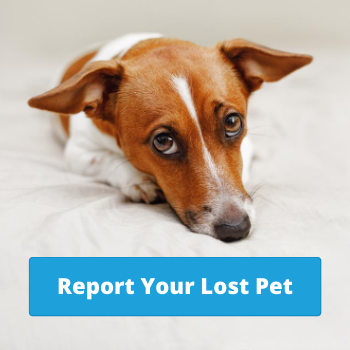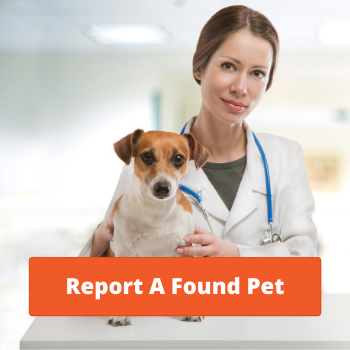Dutch Smoushond Behaviour Traits
The Dutch Smoushond is a Large Purebred canine that is in the Herding group. Dutch Smoushonds are known for the following behavioural qualities: Alert, Loyal, Obedient, Reliable, Trainable. This pet is quite energetic and needs regular exercise and play. Normally speaking, their behaviour is not good with children and they are good at adjusting to brand-new environments and areas. Dutch Smoushonds generally don't interact well with other dogs, however this can be worked with adequate training and socialisation from puppyhood. They love learning and are very easy to train.
